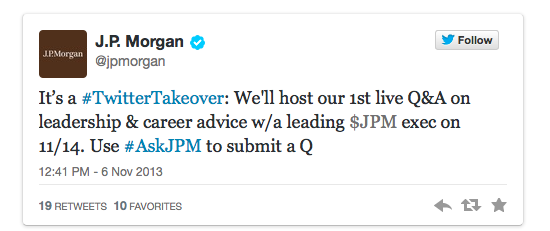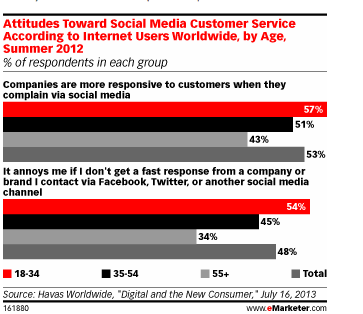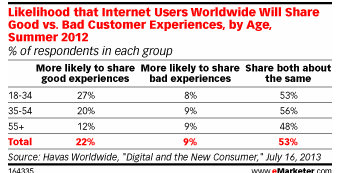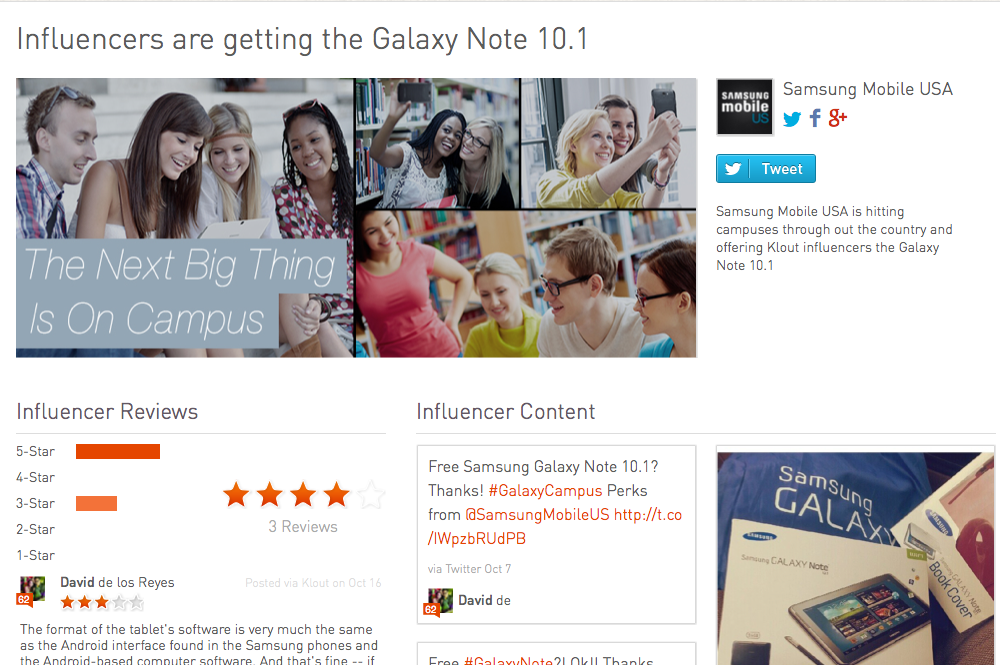With companies realizing the importance of being on social media, comes the interesting advent of poorly managed accounts.
Every digital marketer out there has their eyes on the prize: the metaphorical “gold pot” at the end of the digital marketing rainbow: virality.
With the quest for virality comes a delicate balancing game. All too often, the best intentioned tweets or attempts at hashtag creation end disastrously.
For example, recent headlines highlighted JP Morgan’s attempt at using a Twitter hashtag #AskJPM to engage its followers in addition to its attempt at attracting student engagement.
However, this hashtag severely backfired…
JP Morgan has since cancelled their Twitter chat… and has yet to post anything else.
Source: Mashable
Having effective social media crisis management strategy in place is imperative for any company on social media.
Statistics show that those in the 18-34 age category are the most annoyed at slow responses from companies on social media. On Twitter, companies such as Hootsuite have developed a separate Twitter channel just for helping its customers and Translink actively respondes to customer tweets with helpful information.
Source : eMarketer
It is important to realize that a company cannot possible please everyone on social media by responding to everything. Response in moderation and relevance is key to not getting swallowed up whole by the demands of the social public. Response however is necessary before having something spiral completely out of control. Having a social media crisis management strategy in place is extremely important for companies in the ever evolving world of social media.
Another example that gained virality for unsightly reasons is the case of Amy’s Baking Company from Spring 2013 that stemmed from an episode of Kitchen Nightmares by Gordan Ramsey.
Responding to everyone and accusing people of sabatoging their business, Amy and Samy’s Facebook page was quite an unbelievable sight. In the world of social media, it is imperative to realize that whatever content that is posted is eternal–everything is recorded somewhere by some website or search engine online.
It is better to admit faults when faults happen and move fowards; people equally share about negative and positive experiences on social media so there is definteily room for recovery ( unless you continue to exacerbate the situation a la Amy’s Baking Company ).
Source: eMarketer
Changing user sentiment and ultimately moving forward will help rebuild a brand’s credibility in the eyes of the public. Having appropriate measures such as teaching all employees how to act and react online and offline are also key to maintaining a strong brand image. Detracting attention from company errors such as ill informed tweets or comments and accentuating positive things that the company has done, said by users across social media is also another way to diffuse the situation. Of course, this must be done when appropriate. It is again, a delicate balancing act between corporate goals, values and customer service. Choosing to reply or engage with users who have no intention to “let go” of a problem after it has been solved is not a smart way to go about doing things. Monitoring social media and the eSphere for conversations is also a key component of a successful social media strategy that brands must implement. Monitoring using Hootsuite is a good example of a way to identify potential risks as well as opportunities.
All in all…. social media mishaps are bound to happen. If a brand survives them …that is another story.
Brands must:
1) Choose their battles –> Do not respond to everything / everyone.. not everything can be solved via social media
2) Be authentic and own up to mistakes; apologies sometimes are not a quick fix to a problem, but can be a good first step for a company to mend its reputation both on and offline.
3) Mitigate risk by constant monitoring
4) Teach all employees the importance of social media etiquette and conduct, not just the ones that run SM accounts.
5) Carefully plan social media content by identifying potential pitfalls ( eg. #AskJPM) and ensure that nothing disastrous can result






